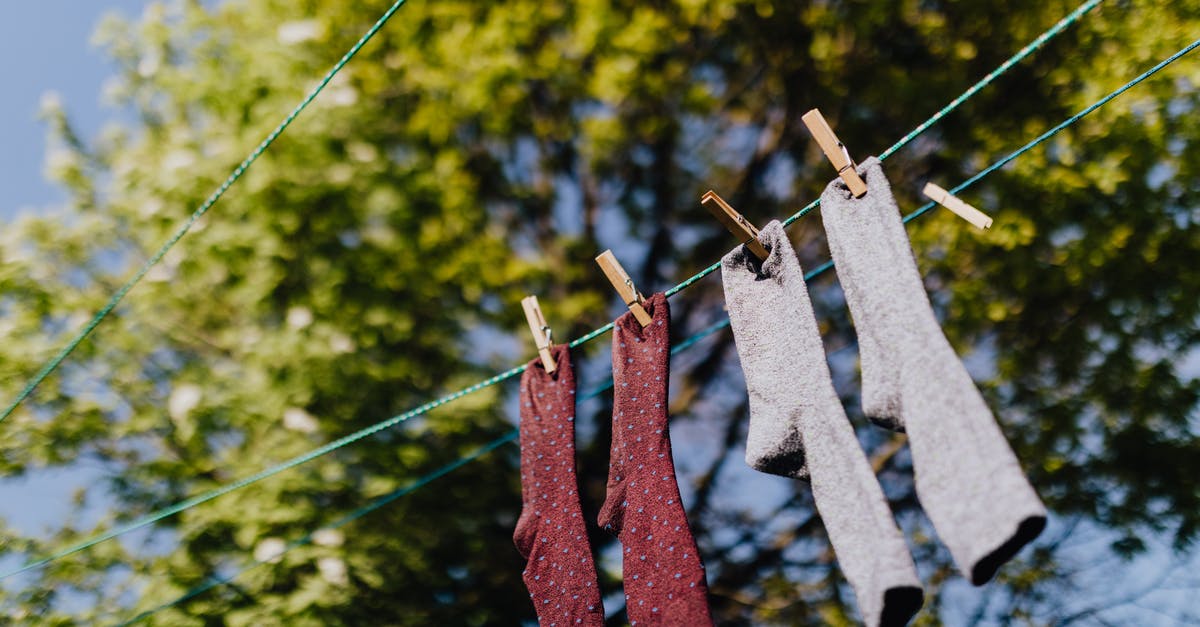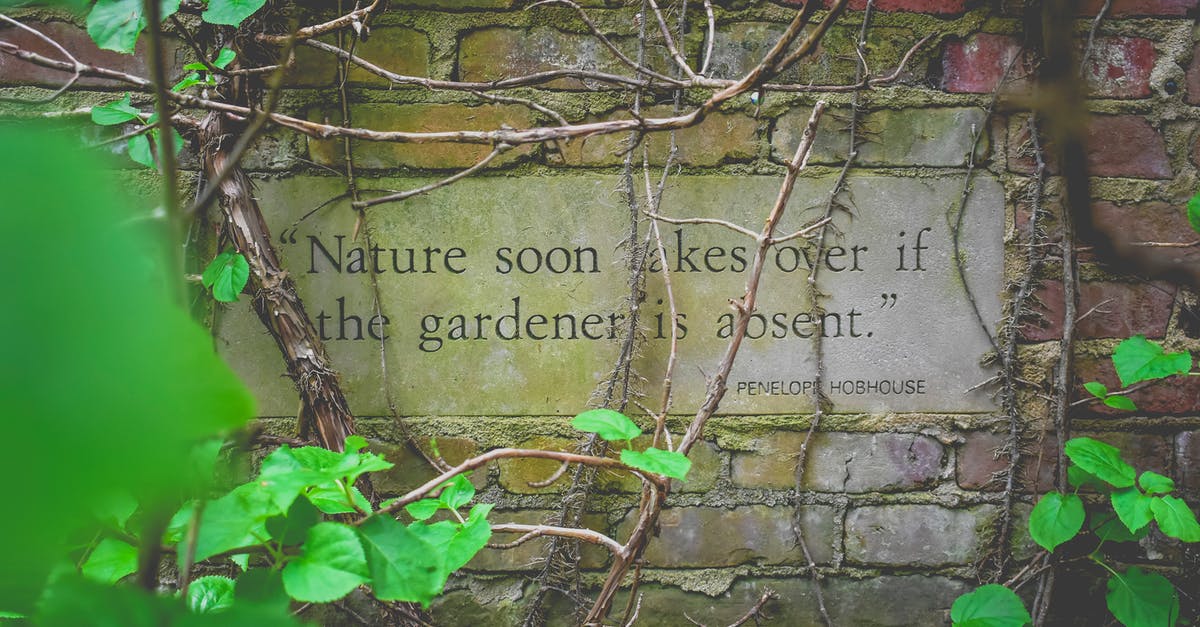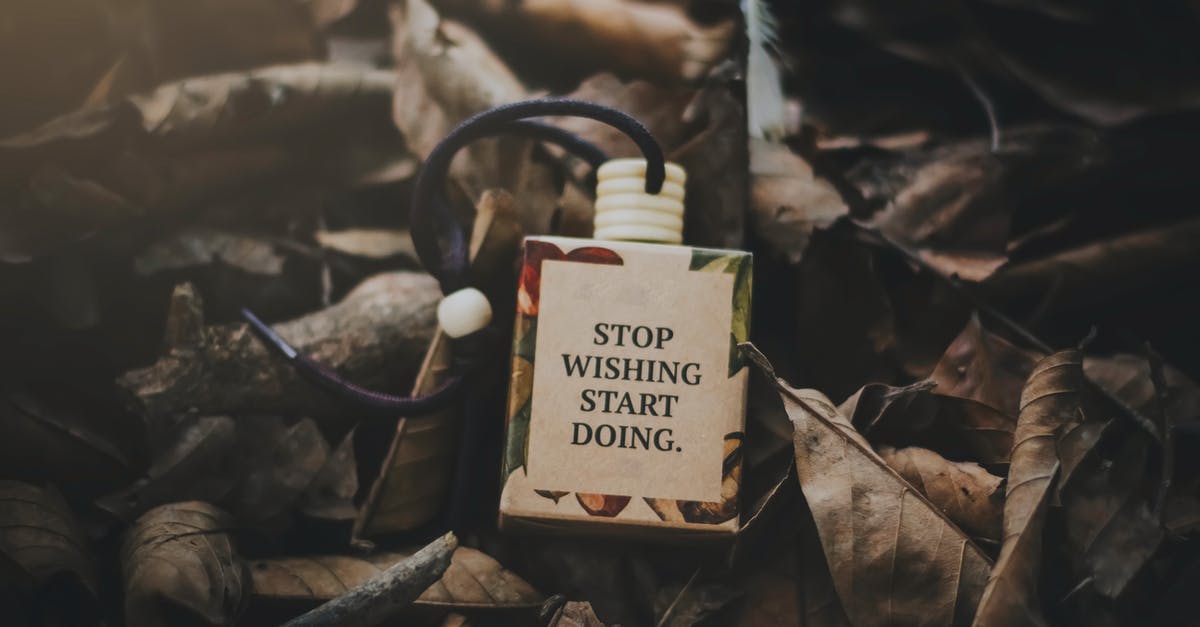Is there such thing as "active dry sourdough-variety yeast"?

Apologies in advance if this is a stupid question, or if it doesn't sound coherent, but: Is it possible to buy sourdough yeast, ready to use?
You can easily find "active dry yeast" for sale in supermarkets. I realize this regular bread yeast is a different variety from your typical sourdough yeast.
But can the sourdough type of yeast (I guess it is referred to as "wild yeast"?) be packaged in a way that you can just add it to your dough whenever you feel like baking, and not have to maintain a starter in a special container, with all the fussy feeding rituals, and worries about its health and environmental conditions, etc.? ... I imagine taking care of the starter must be half the fun, but people are always trying to make a buck by selling you convenience, so I wonder if you can buy little packets of "active dry sourdough yeast".
Or does wild yeast have some characteristic that makes it impossible to package it up neatly for sale? Or is there some other reason I haven't seen this product, even on the internet? ... Or do I just need to open my eyes, and I will see it in every market?
Best Answer
No, I really don't think you can have "sourdough yeast".
If you want sourdough without the "fuss", you can look up sourdough flavor additive and see what works for you - one here, and here, just for examples.
The thing is, sourdough starter isn't just yeast, it is a complex community - including several strains of wild yeast and bacteria, and a complexity that comes from aging. Yeasts can be packaged up - though balancing several strains is tricky, especially if you want consistency - but the bacteria is a lot trickier, especially since conditions which support bacteria are easy to contaminate with the wrong strains, and you would want the product quick - so not taking the time for the bacteria to establish a strong culture, which leaves it more vulnerable to said contamination.
Bread yeast is, I think, basically what happened when sourdough yeast was cleaned up and regulated and made safe for storage. I have heard of starters that began with commercial yeast - it apparently takes a while for the characteristic flavors to develop, but apparently they do. Also, I've heard extended proofing (cold proofing) gives more complex flavors somewhat similar to sourdough, so simple time is, in fact, a factor in how the taste forms - it gives time for the fermentation to work.
The fact that adding more time to yeast or dough makes a bread more complex and sour-dough like, makes me think that there's no way to build that flavor naturally and quickly - after all, there's no instant time on our shelves.
Pictures about "Is there such thing as "active dry sourdough-variety yeast"?"



What is considered active sourdough starter?
About 6-8 hours after you feed your starter, it should be at its peak activity level, nearly doubled in size, bubbly, and ready to use in lots of recipes. We refer to this stage as active but it's also referred to as mature or ripe starter in other recipes.Why does SF have the best sourdough?
It turned out that San Fran's famously foggy climate was, and is, the perfect environment for the wild yeast cells and naturally occurring bacteria that give sourdough its characteristic flavour.Is San Francisco sourdough different?
San Francisco sourdough bread tastes completely different to sourdough from the UK. Are UK yeasts different from Californian ones or is this due to the bread-making process? Sourdough is made using a starter culture created by exposing flour and water to the air to \u201cinfect\u201d the mixture with natural yeasts.How do you make sourdough more active?
The most effective ways of strengthening a weak sourdough starter is by using whole rye flour, ensuring regular feedings immediately after the sourdough starter reaches peak rise, allowing the sourdough starter to ferment at 25 Celcius, and using unchlorinated water to feed the sourdough starter.Why Do You Have to Activate Active Dry Yeast?
More answers regarding is there such thing as "active dry sourdough-variety yeast"?
Answer 2
Yes and no....
A sourdough is not just yeast, but a combination of different yeasts and bacteria. In short, if you start a sourdough starter, you'll start with whatever is a) on your flour and b) in the air around you. And from that random mix, a stable colony develops. The "political structure" depends on the initial mix and the way you cultivate the starter. Parameters like temperature and humidity can tip the balance towards "more yeasty" or "more sour" and depending on your desired outcome and flours (rye needs more bacteria to break down the enzymes) you plan to use, you'll probably lean more to one or the other end of the scale.
So any yeast for sale would be missing the lactobacillae, or more precise, the lactic and acetic acid for the real sourdough flavour. But at least here in Germany, there is liquid or dry "sourdough" available, which is basically an additive that supplies the acidic compounds. It is deactivated (otherwise the bag would explode) and needs extra yeast for baking. In a pinch, I've read some use a bit of vinegar, but that's very much a workaround, IMHO.
Side note:
If it's the "San Francisco sourdough" you are after, this would require a special lactobacillus L. sanfranciscensis. According to Wikipedia, it is available for commercial use, so you'd probably have to be willing to order a huge batch. Probably nothing you'd find in your grocery, though. Also, the SF sourdough favours Candida humilis over the more common Saccharomyces cerevisiae for yeast. Dry yeasts for sale are typically strains of S. cerevisiae.
Answer 3
One thing I have done frequently is dry out and crumble a sandwich bag size of sourdough starter to ease in its transport or gifting. It usually takes about a day to revive it and it retains most of its character after revival. So, in a sense you can do what you are asking, though you will need more time for your dough to leaven. I am not aware of any product like this you can buy, and I'm not sure how long it will remain potent in the dried-out form.
Like you said, sourdough is different from active yeast, and if you want sourdough-like results, you will need to follow the feeding/caring rituals. They exist because they are the best known ways of utilizing sourdough.
Answer 4
It is possible to buy dried sourdough starter, e.g.:
https://www.amazon.com/Breadtopia-Sourdough-Starter-Dry/dp/B002C08SS2 http://www.carlsfriends.org/
It's more than just yeast; it's a combination of yeast and bacteria.
And it's not exactly "active". Like a regular sourdough, you have to pitch this with a slurry of flour and water, and wait several days for it to invigorate. Thereafter you can use a portion of it to make sourdough, and keep the rest alive.
It would be just as easy to make a starter yourself, using the "wild" yeast in the air in your house (which will have a fair bit of commercial yeast, if you've ever made any bread at all). You may or may not like the mix of bugs you get from that; the advantage of using somebody else's starter is that you know that somebody likes that particular batch.
Sources: Stack Exchange - This article follows the attribution requirements of Stack Exchange and is licensed under CC BY-SA 3.0.
Images: Karolina Grabowska, Chris F, Ihsan Adityawarman, Andrea Piacquadio
